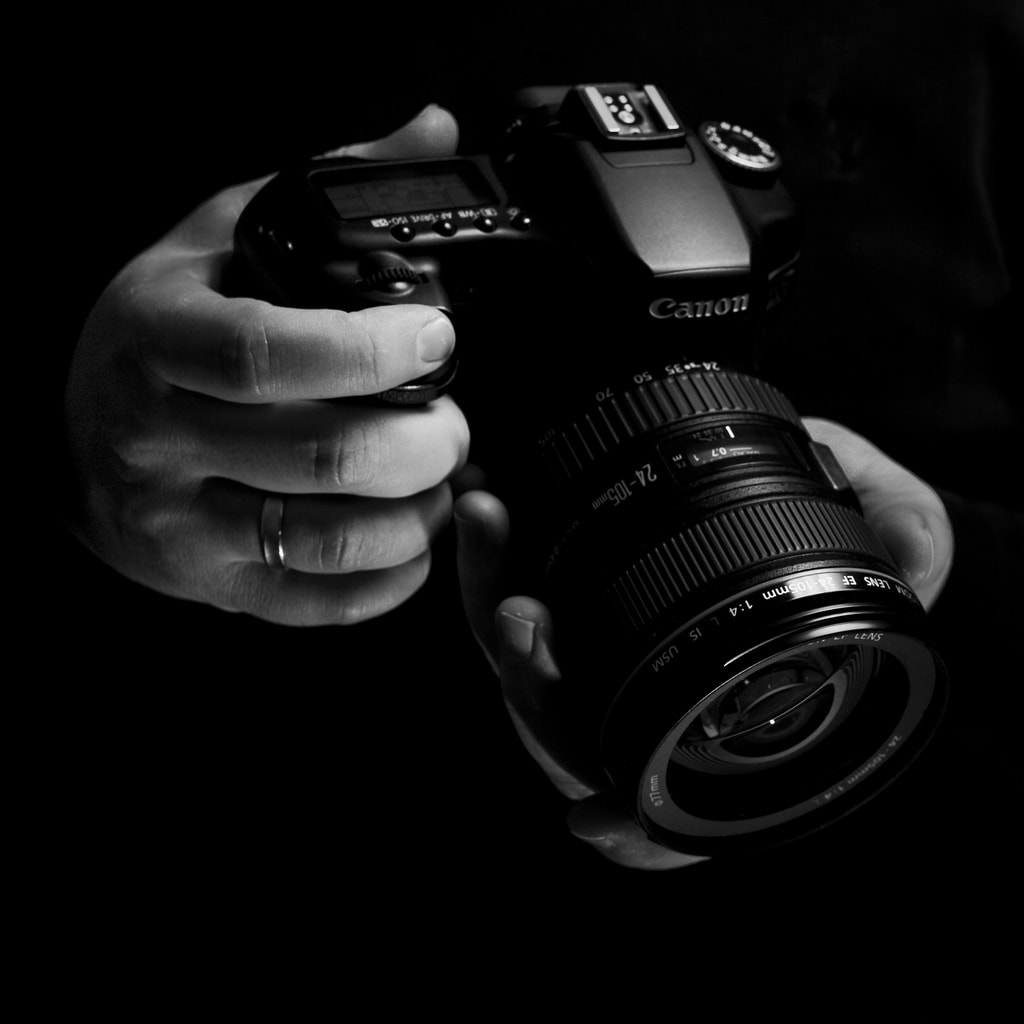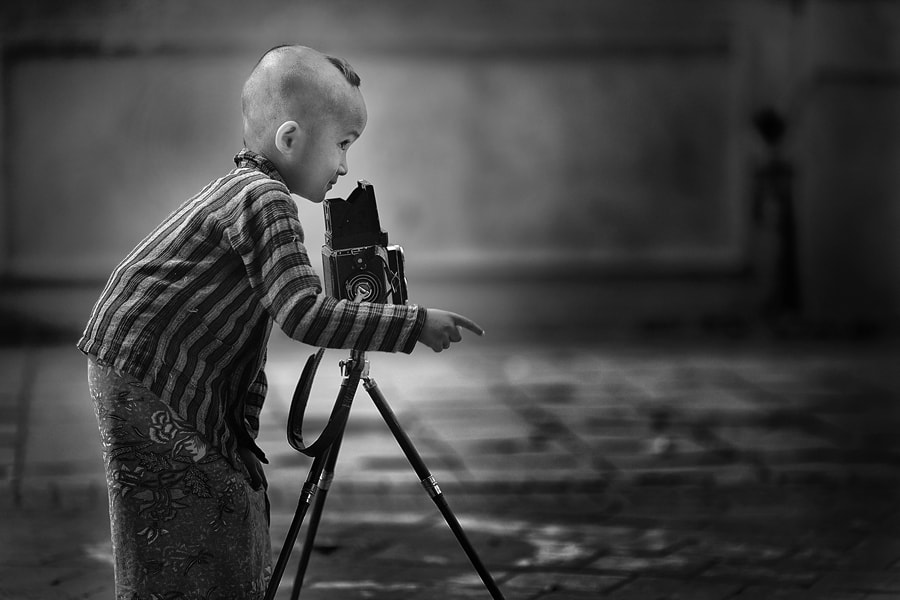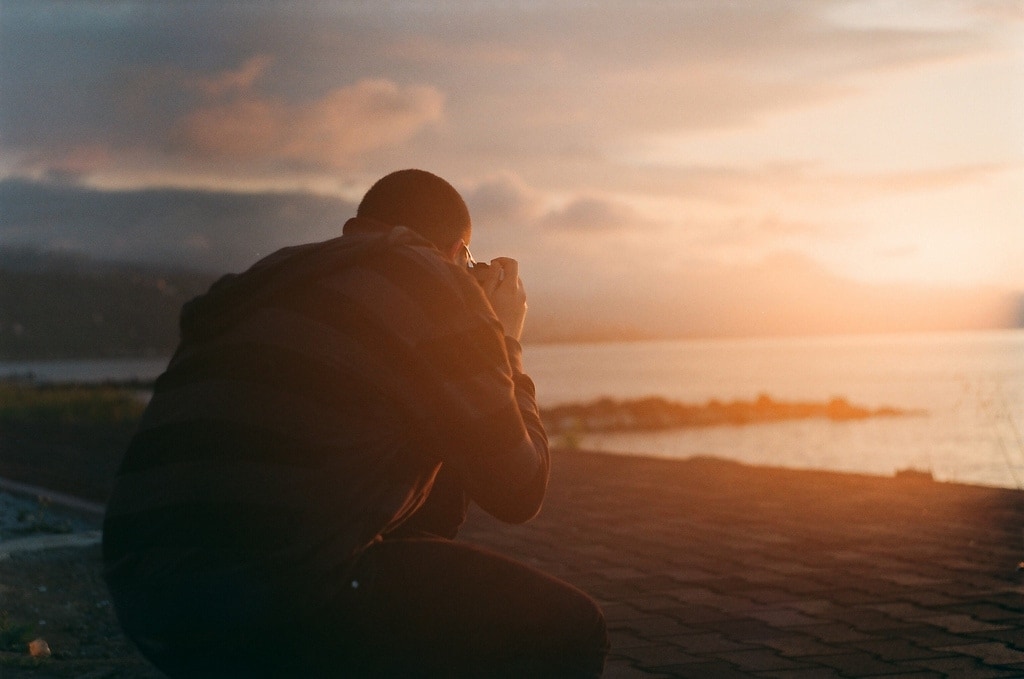Last week I showed you 5 tricks to get the most out of your camera . If you had not read the article I recommend you take a look and make sure you know the first 5 tricks we talked about.
Today I bring you another batch of functions that most of today's SLR cameras allow you to use, but that many users are unaware of. They are little tricks that make photography so much easier and more exciting, and will allow you most of the time to get a better picture than you would without them.
You don't necessarily have to use them either, but you do have to know them and know their usefulness. From there you will test them and use more frequently, surely those functions that interest you the most.
This item is very practical. I recommend that you go for your favorite drink, make yourself comfortable in an armchair, and accompany the reading of the article with verifications on your own camera, on the go.
HOW TO LOCATE THESE FUNCTIONS ON YOUR OWN SLR CAMERA
Before you start, you have to be realistic. Not all SLR cameras offer the same features. However, manufacturers are working more and more to bring the ordinary amateur photographer closer to functions previously limited to a small selection of very expensive cameras, reserved only for an elite. If your SLR camera is current or belongs to the list of SLR cameras that I usually recommend , it is very likely to have more than one of these functions.
You have two ways to locate each of these features on your own camera:
- You can simply browse the menu and see if you find each of these options intuitively, or…
- You can consult the user manual of your own camera model in PDF format . If you open the PDF, use the Ctrl + F key on your computer ( Cmd + F for the makers). In the search field, enter a keyword related to the concept you are looking for. You should thus be able to locate, within the user manual, the specific chapter where they explain how to configure the option in question on your own camera.
Ready? Camera in hand...? Let's mess

5 EXTREMELY USEFUL FUNCTIONS OF YOUR SLR CAMERA
1) Save/Restore User Settings: There was a time when, for irrelevant reasons, I had to lend my DSLR to a friend quite often. The friend would return it to me very unconfigured every time ? I will deny having written this, but I confess to having given up the idea of going out with the camera one afternoon to take photos just because I was too lazy to start reconfiguring the camera again the way I like it . You know what I mean, the typical settings that you configure at the very beginning when you just bought it and you don't touch it anymore, like the quality of the photo, if it is JPG or RAW, size, megapixels, remote shutter behavior, things like that.
Until I discovered this function. Saving user settings is a revolutionary invention ? as it allows you to save your custom settings to the camera and thus restore them again whenever you want. Some cameras allow you to save settings for more than one user, ideal if you share the camera with your partner, for example: you save your settings under the name User 1 , and the other person under User 2 , and that's it. From there, depending on who is going to use it, you use one set of settings or another.
Trust me, if you often share your camera with more people, this feature will save you a lot of time and frustration. Or discussion ?
2) Save configuration to memory card: This is going a step further. What happens if your colleague throws the blanket over his head and changes all your settings, even the ones carefully saved by you under the profile "User 1" . I don't think anyone intentionally wants to mess up your life like that, but what if it happens, what do you do?
If you want to heal yourself, use the option that some SLR cameras offer to save user settings on an external memory card . So you keep the card, lend the camera, and once the camera is recovered you restore your settings from the card itself, period.
Easier impossible.
3) Mirror, mirror…: This function or trick is very popular among photographers, but I am including it because I know that many blog readers are unaware of it or are not entirely clear about how it works.
When you take a photo with a reflex camera, do you hear a click? I mean the sound of the shot (sound that drives me crazy by the way, call me a geek...). Unlike mobile phones, iPhones or compact digital cameras, where that little sound is recorded, in SLR cameras the little sound is an authentic noise from small components inside the camera. For an SLR camera to shoot a photo, a whole series of physical elements have to move allowing the photo to be captured. Pure mechanical movement.
I call this trick “Mirror, Mirror” for a very predictable reason: one of these pieces that move inside the camera every time you take a photo is a mirror. We are not going to go into what a mirror looks like inside your camera, but yes, there is a mirror. If you remove the lens and look inside your reflex camera, right now, you can see it.
It happens that, when the mirror moves during the shot (tilting upwards normally), it produces a small tap on the interior walls of the camera, which translates into a slight vibration.
Has it ever happened to you that, having a very well prepared focus, with the subject totally immobile, a stable tripod, etc. etc., you have ended up with a slightly blurred photograph? On some of those occasions, the reason could be the sudden impact of the mirror inside the camera at the moment of shooting.
Many SLR camera manufacturers, aware of this problem, offer an option within the menu whereby you can lock up the mirror . Blocking the mirror what it does is prevent the mirror from moving to one side and the other every time you go to take a photo. You save that little movement that could cause shaky photos.
Another option you have is the trigger/mirror delay . What it does is that you frame a photo, focus, leave everything ready, and then press the shutter button to take the photo. From then on the camera moves the mirror up (as it normally would) HOWEVER it doesn't take the picture. Not yet. This allows the mirror to move, vibrate as usual, but the photo would still not be taken. After a moment (extremely brief, this happens in the time it takes to blink) the camera begins to record the photograph.
I don't know if it's too difficult to imagine, but the idea is that: the camera separates on the one hand the moment of the movement of the mirror, which is when all that unwanted vibration can happen, and the moment of taking the picture on the other hand, once that vibration has passed. You don't notice this, but the camera manages it very well.
Listen to me, it's not something you have to worry about too much, don't let the «Mirror Mirror» take away your sleep either. What he told you before, this is something that you should know and experience. Sometimes it may be useful to you, but you don't have to waste your life blocking the mirror or delaying the photo every time you want to capture a beautiful moment. Understand me.
In short: blocking the mirror or slowing down the photograph with respect to the movement of the mirror will give you sharper photos.
4) Automatic Bracketing: Soon Alexa will explain what Braketing is in a great article. For now we will say that it is taking several photographs of the same thing but with a different exposure in each of the images taken. This allows us to obtain the same underexposed photograph, with normal and overexposed exposure, and thus be able to decide, later, which of the 3 to keep or which one we like best.
There are times when you have it very clear, you adjust the exposure, you know what you are doing, you shoot, and off you go.
Others, either because you are traveling, in a context and environment different from the one you normally have, you are on the street, it is a strange day, at times the sun rises and at times the sky becomes overcast, in the end, the same exposure setting will It produces some good photographs and others not so good, if this one came out too underexposed, or if the other one came out too overexposed... Braketing allows you to go home with some peace of mind knowing that you have different versions of each photograph with you so that you can choose as you please .
Look in the options of your reflex camera in case it offers you automatic Braketing . If it does, you're in luck: you'll only have to configure the camera once, and with those same parameters you'll always be able to obtain the number of photographs that you have indicated, with the exposure settings that you have configured yourself.
5) Extra button, extra function: My favorite trick, perhaps it is the function that I use the most, on a daily basis, in my photographs. I recognize that not all SLR cameras offer it, but the Nikon D7000 for example does. This option allows you to assign x functions, the ones you want, to certain "extra" buttons that are built into the camera. Obviously the essential and typical buttons are each in their place, each one assigned to a function, they come like this from the factory and you have to use them as they are, however some SLRs have one, two or three extra buttons, or without function still or pre-configured with one. If you go into the camera menu you will find an option that allows you to assign a function to those buttons.
I don't like where the video record button is located on my SLR, it's difficult for me to use it, so I chose a button that was much more comfortable and accessible for me and assigned the video record function to it. I have another button dedicated to locking focus and exposure (without going through the shutter release). They are just ideas. Locate the option in the menu and check what functions the camera allows you to assign to the extra buttons it has.
This allows you to save a lot of time and, above all, feel much more comfortable when using your camera.
The last and most important function: My dear reader, you are the most important function. Never get hung up on these details. Get to know them as much as possible, explore them, try them, but remember that the function of these options is to help you become a better photographer and achieve a specific goal: a great photograph. And not just any, but "your own great photograph . " Nothing written is more valid than what you yourself feel and experience behind the viewfinder of your camera, finger on the shutter release. Use these tips as a means, but don't confuse them with the end. In your own photos no one knows better than you. You have the last word.
Take photos. Enjoy it with passion.

So far my humble contribution. I hope you will find it useful. If you know someone with an SLR, invite them to read this article, who knows, they might find it interesting.
Did you like these tricks? Did you know them before? Do you find them useful?


